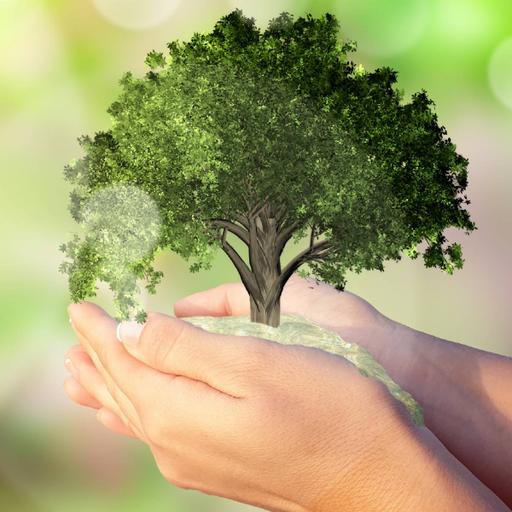The Ecosystems
Presentations | English
How well do you know about your ecosystem? An ecosystem is a geographic area where plants, animals, and other organisms, as well as weather and landscape, work together to form a bubble of life. Ecosystems contain biotic or living, parts, as well as abiotic factors, or non-living parts. Biotic factors include plants, animals, and other organisms. Ecosystems come in indefinite sizes. It can exist in a small area such as underneath a rock, a decaying tree trunk, or a pond in your village, or it can exist in large forms such as an entire rain forest. Technically, the Earth can be called a huge ecosystem. The living organisms in an ecosystem can be divided into three categories: producers, consumers, and decomposers. They are all important parts of an ecosystem. Ecosystem Diversity can be defined as the variety of different habitats, communities, and ecological processes. The four ecosystem types are classifications known as artificial, terrestrial, lentic, and lotic. Ecosystems are parts of biomes, which are climatic systems of life and organisms. In the biome's ecosystems, there are living and non-living environmental factors known as biotic and abiotic.

Free
PPTX (17 Slides)
The Ecosystems
Presentations | English
